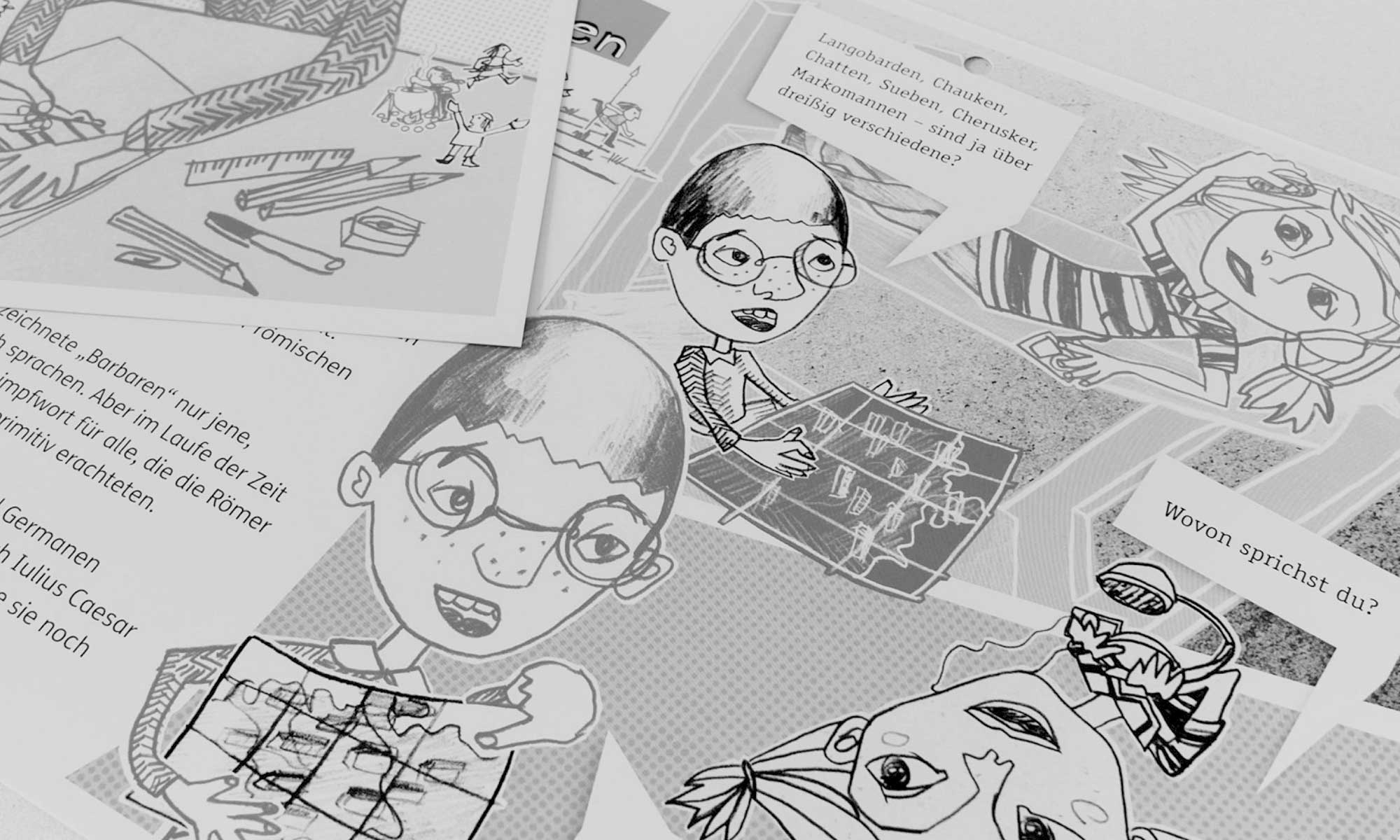Museum of City History Leipzig
Bling Bling at Luthers
In 2017, in the Luther Year, the Museum of Leipzig’s History in the Old Town Hall redesigned its exhibition and supplemented the collection with a focus on Luther in Leipzig. One room in the imposing building became the Luther Room. We “inkl. Designers” reformed it into a model of inclusion.
Reformer women are like footballer women. They love jewellery. The centre and showpiece of the entire exhibition is therefore the Ring of Catherine of Bora, which served as the ring for the couple at their wedding in June 1525. In the original, the ring with the ruby measures just under two centimetres in diameter. We thought: bigger is better. Even people who can see well now have a chance to see all the motifs that an unknown artist subsequently placed on the ring.
Jesus on the cross, three cubes with which the soldiers rolled around the crucified man’s clothes. Nails, ropes, lance and the staff with cloths soaked in vinegar to refresh Jesus. All the Passion tools associated with the suffering and death of Christ are hardly recognizable in miniature. On the tactile model at 15x magnification, however, the artistic decoration becomes visible and palpable.
Below the model there is also a rotating plate on which all 13 elements can be individually recognized and felt. Detailed explanations can be heard via the museum’s audio guides.
A palpable painting, which shows Martin Luther from the perspective of Lucas Cranach the Older, rounds off the offer. The tactile painting is located on a swivelling desk so that it is easily accessible for wheelchair users and their companions. The fat chin, the massive figure, the folds that Luther’s robe throws are easy to feel and bring the picture to life under your fingers.
Projects like these make the obvious even more visible: design that considers all users is an enrichment – for everyone.
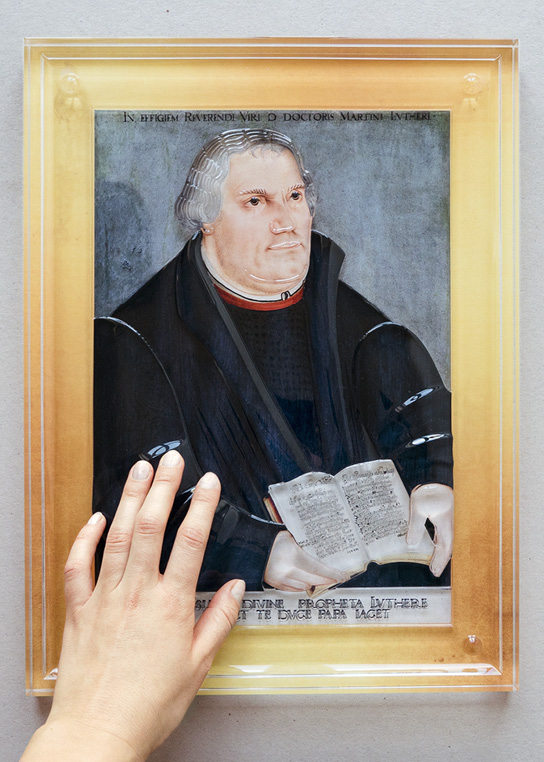
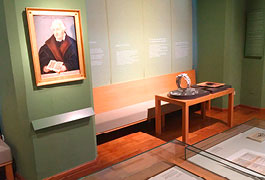
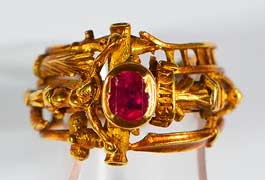
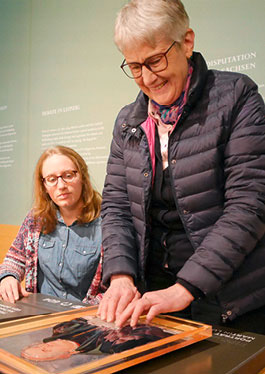
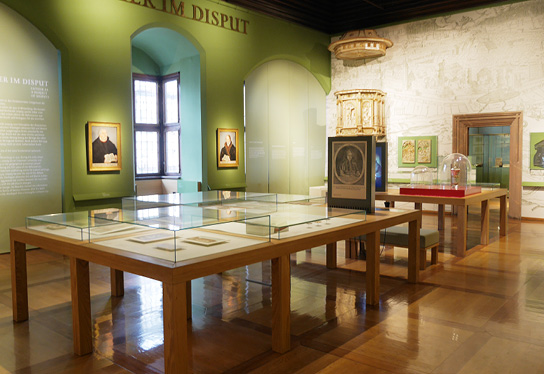
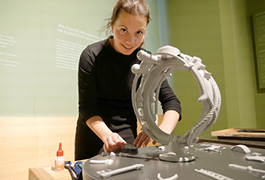
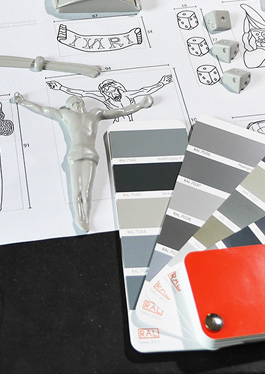
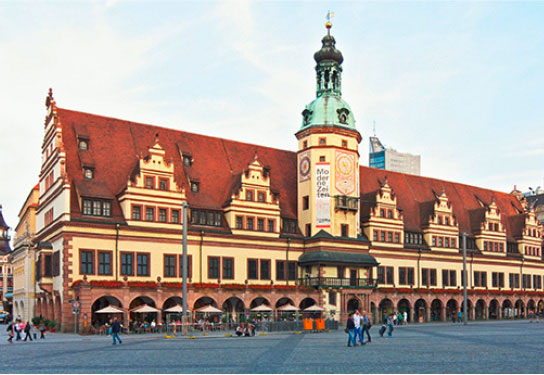
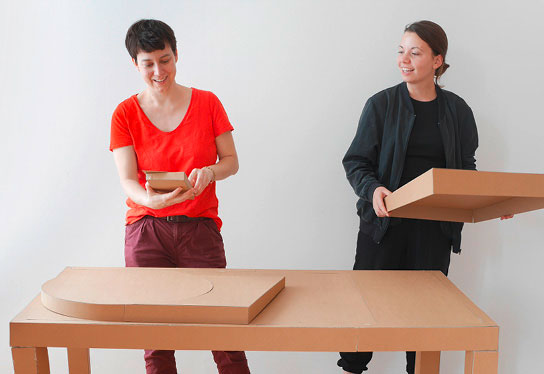
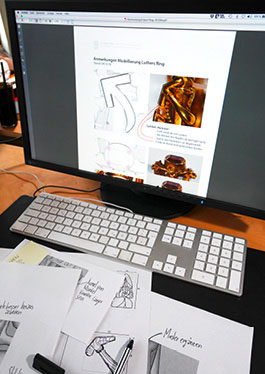
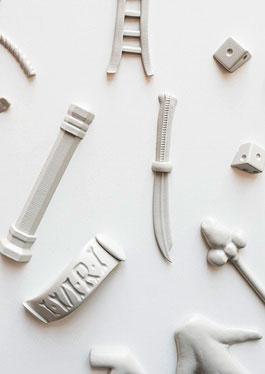
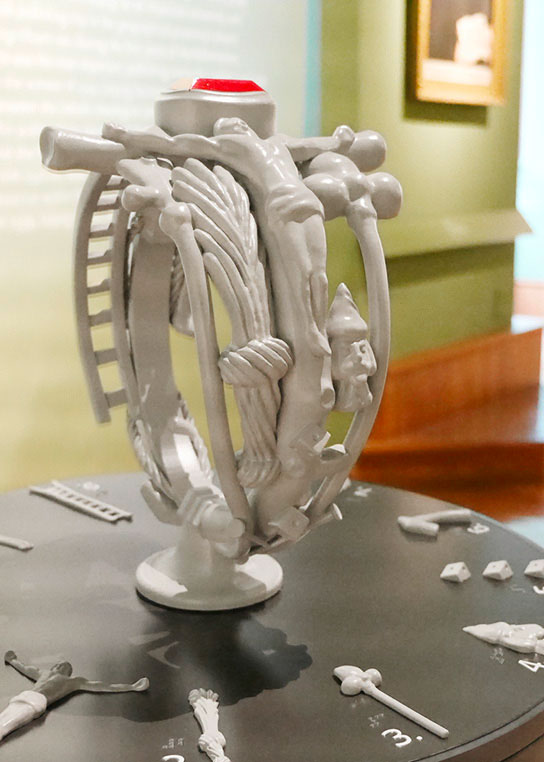
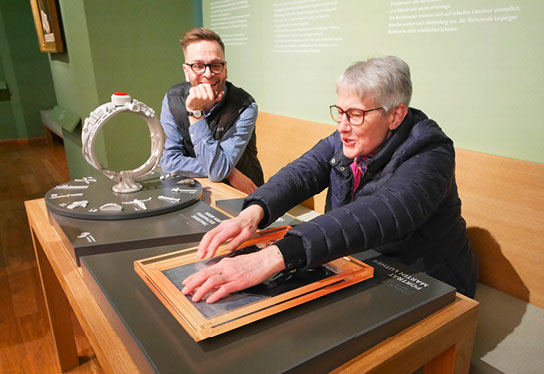

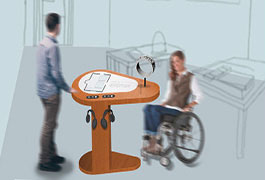
A Glance at the Tactile Display
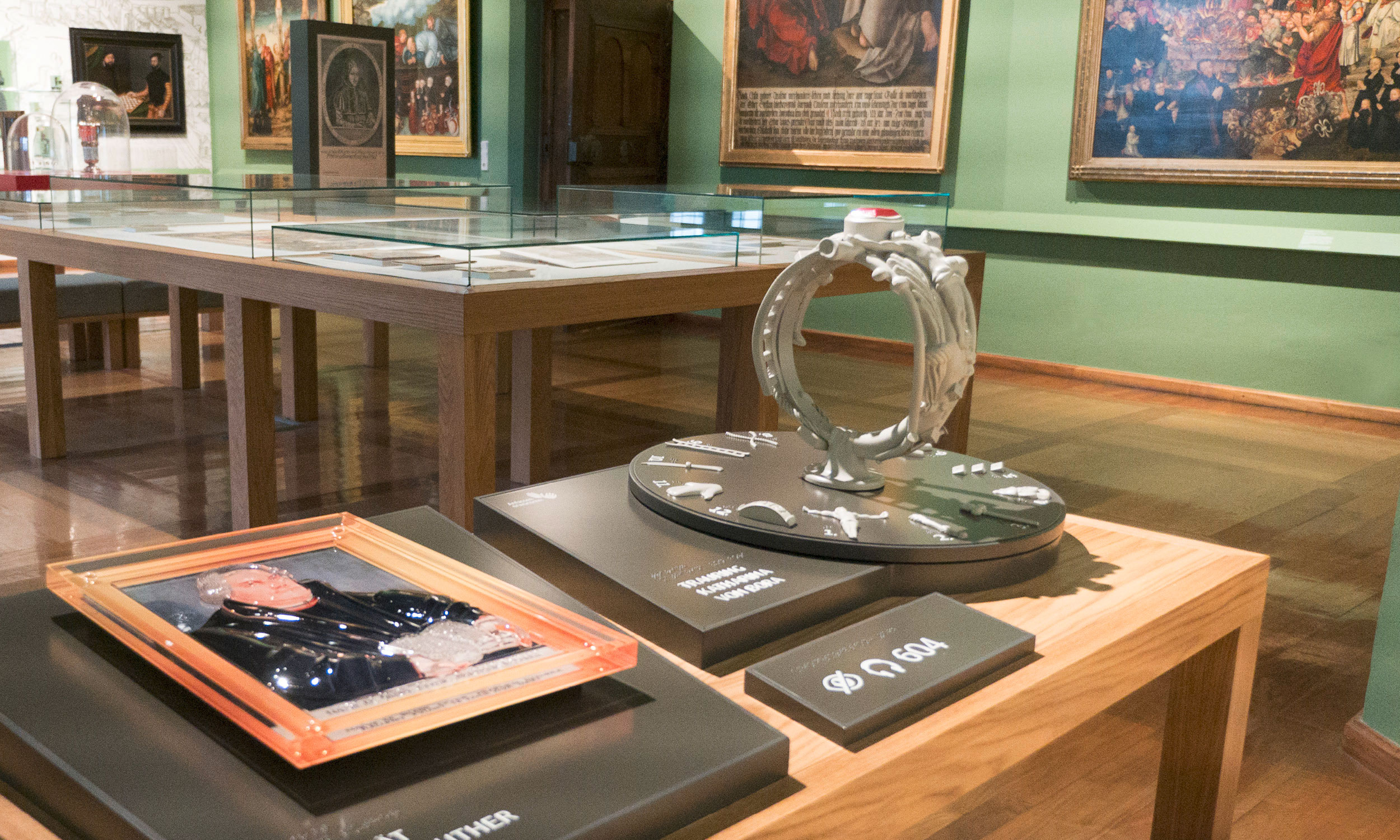


Renderings
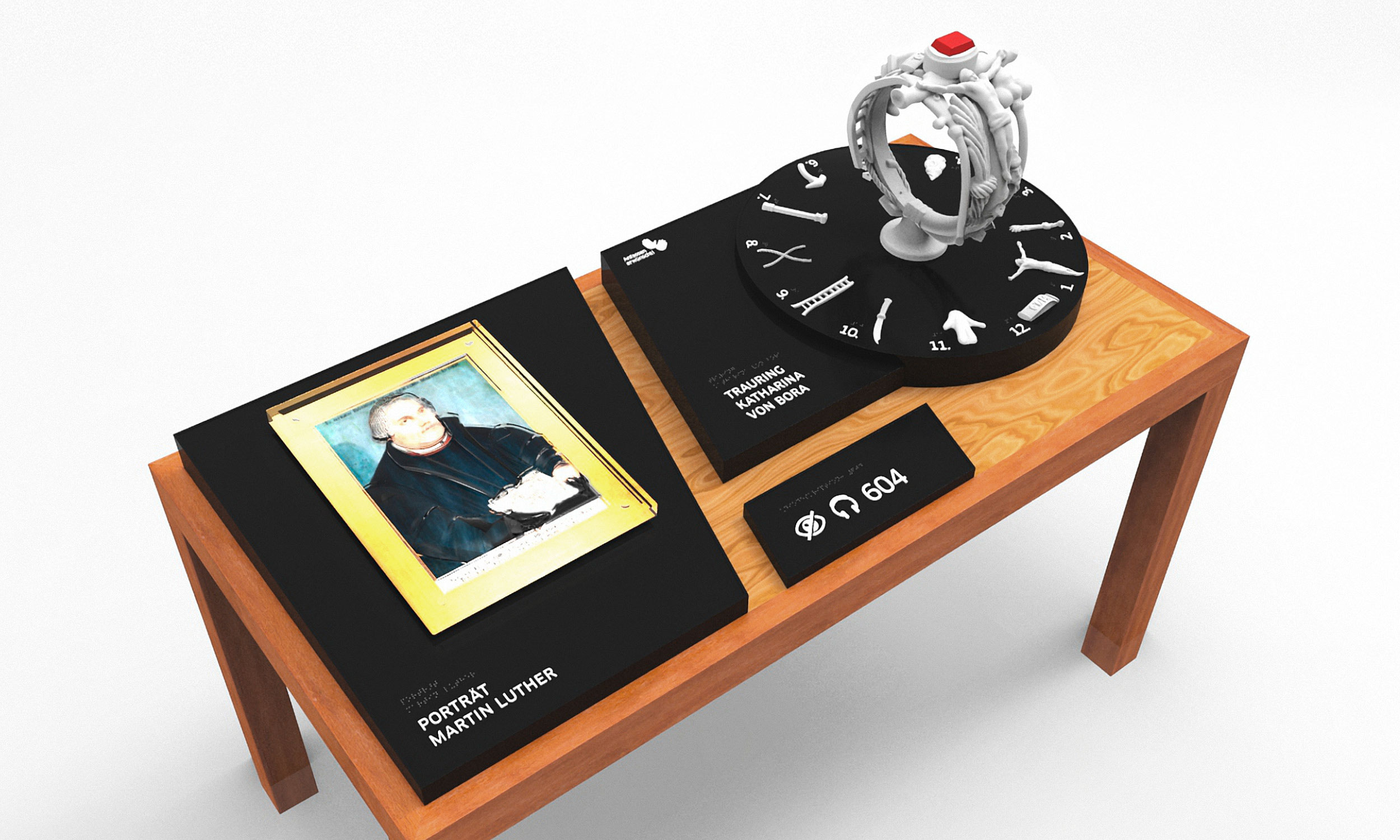
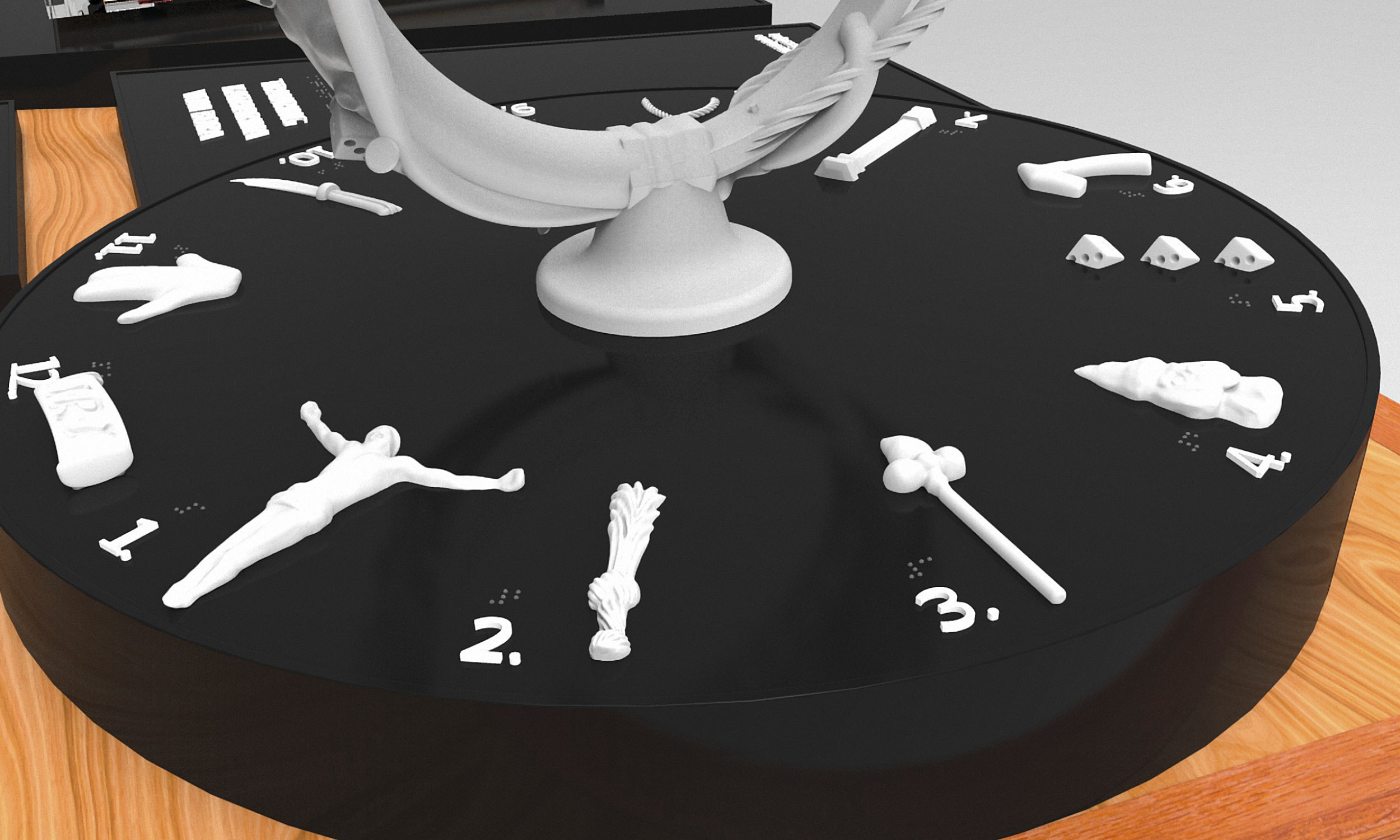
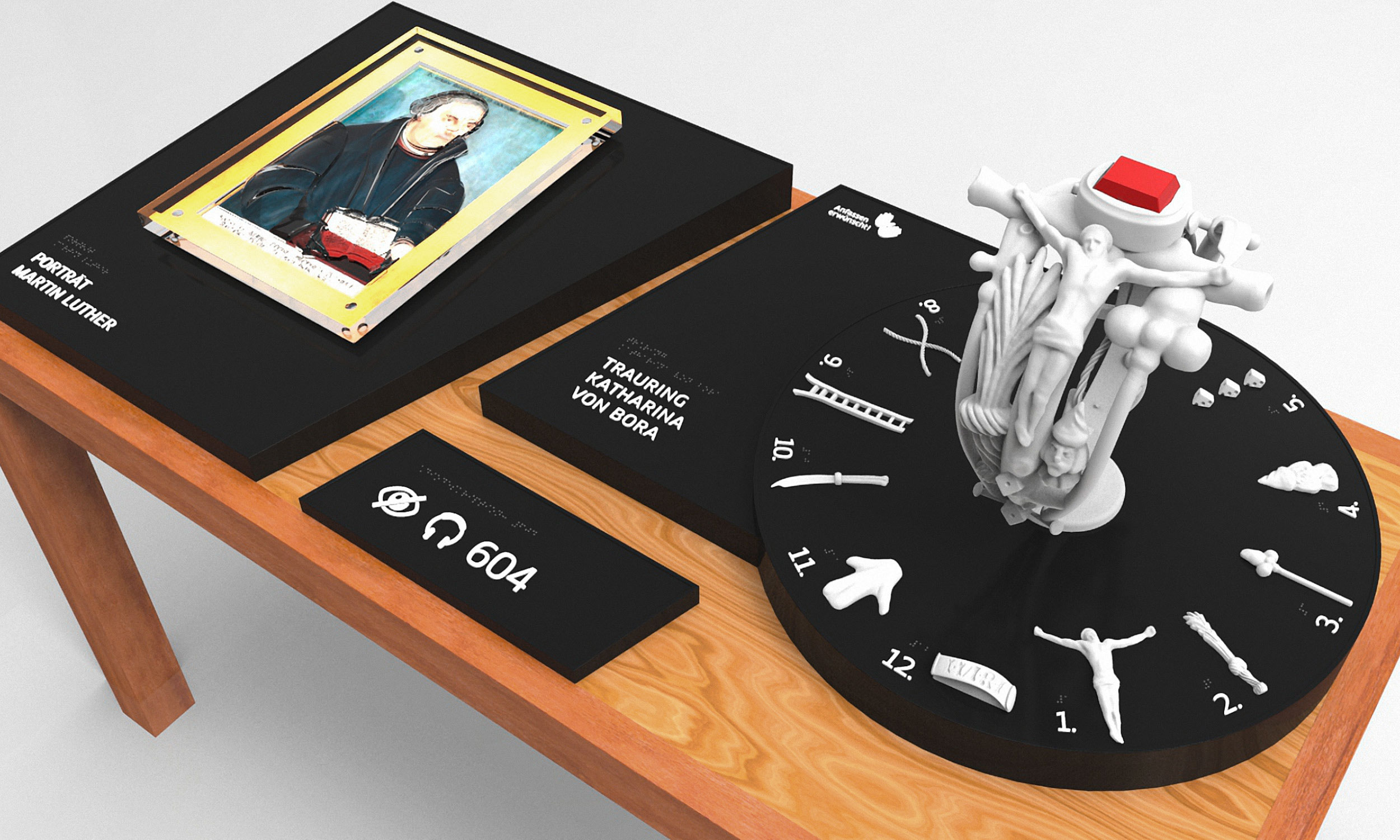
Inclusion in Detail
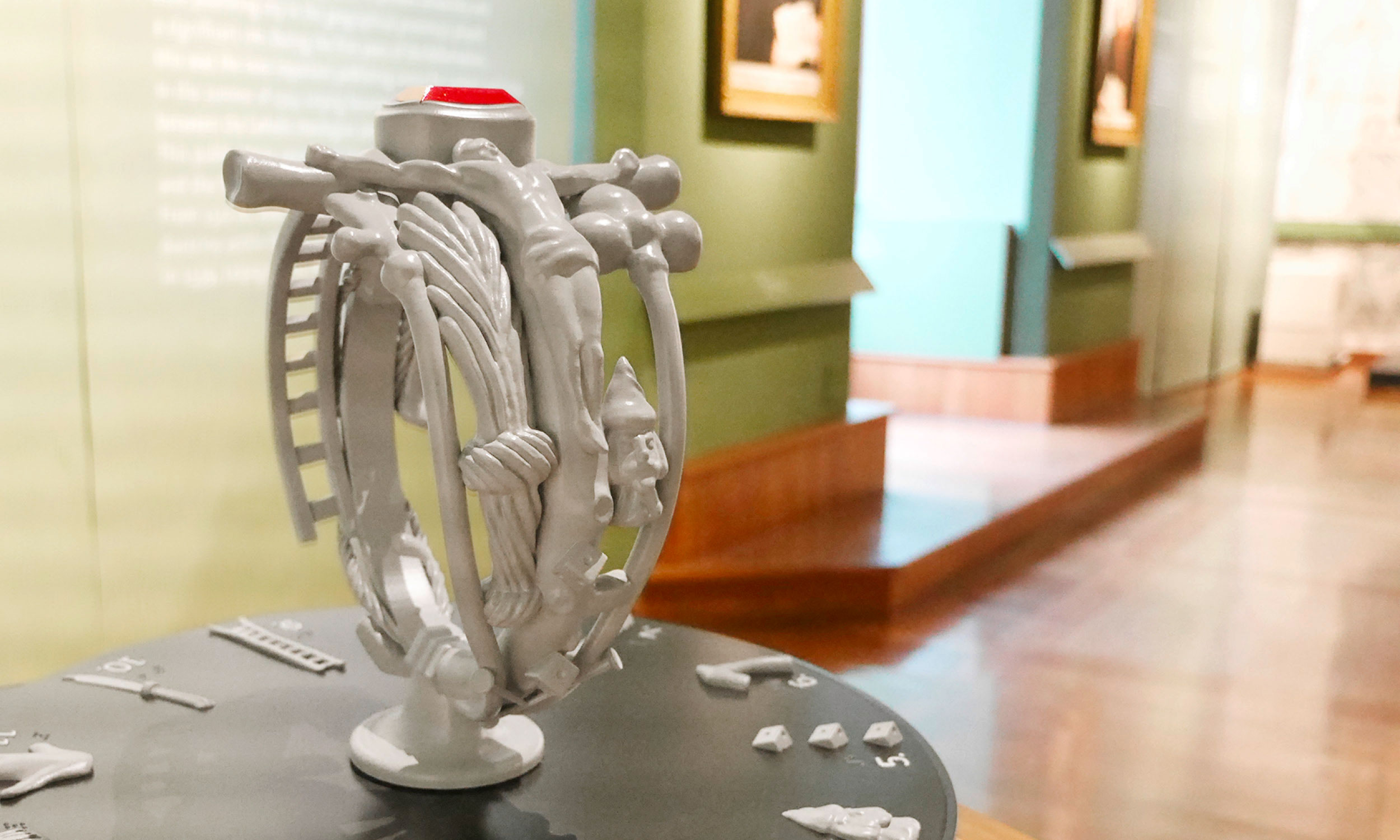
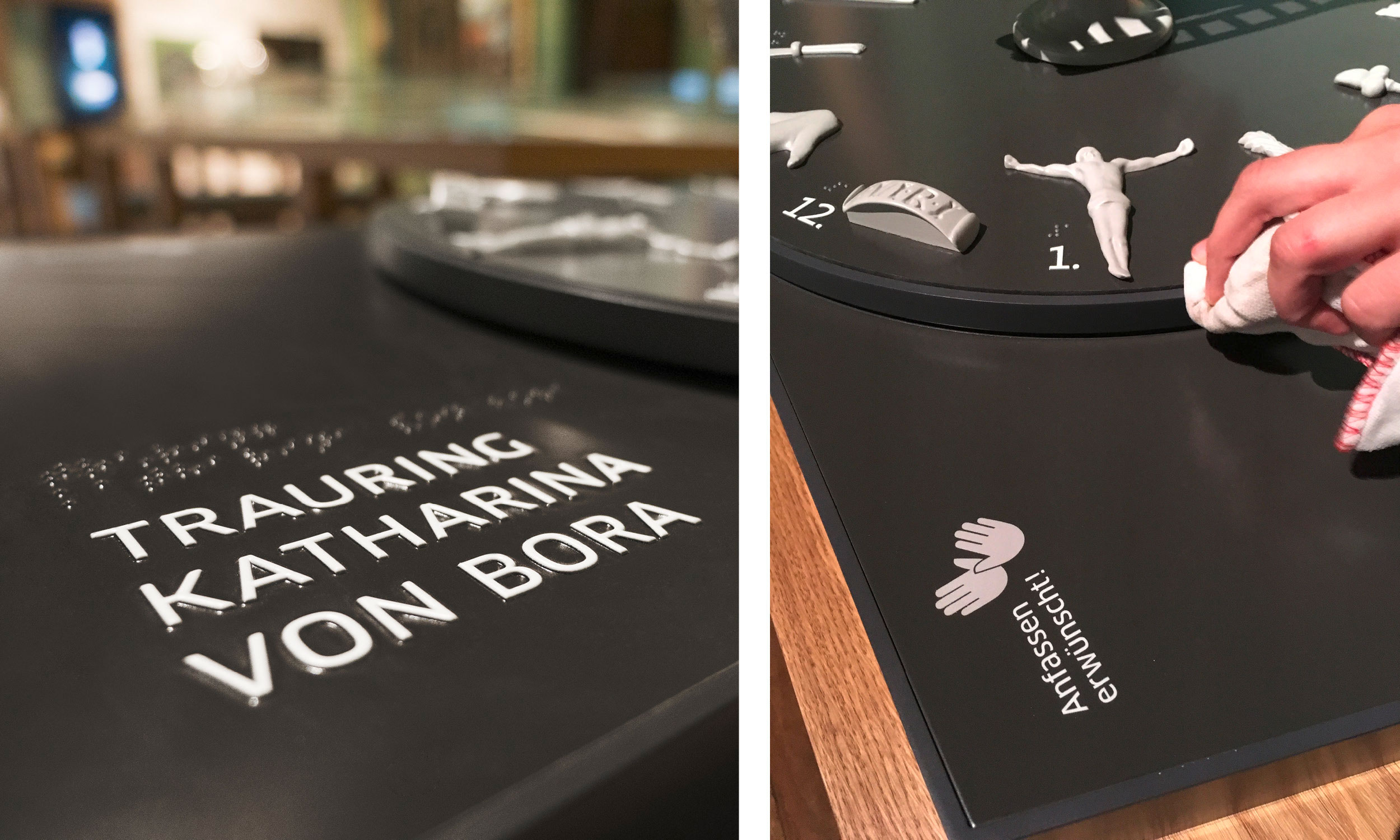
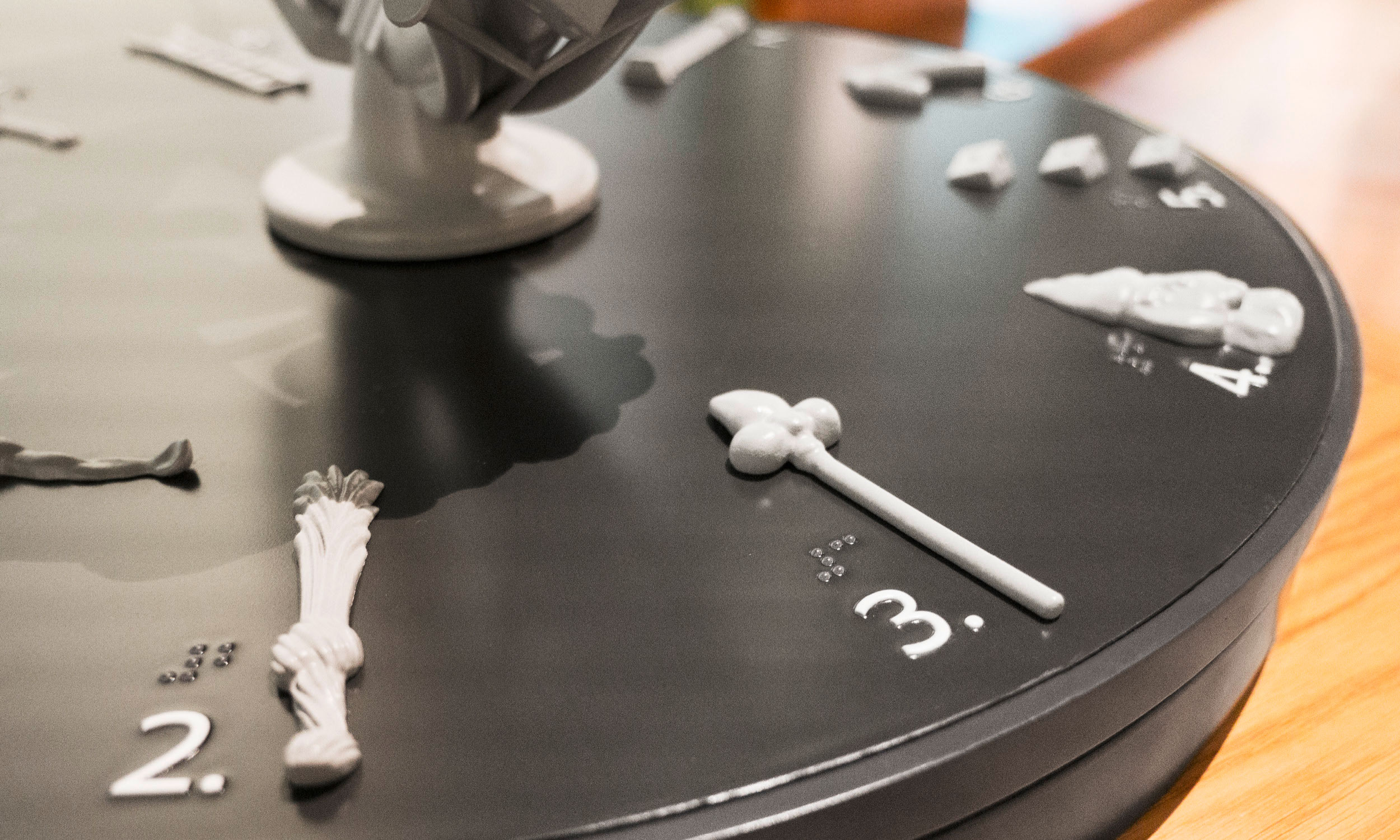
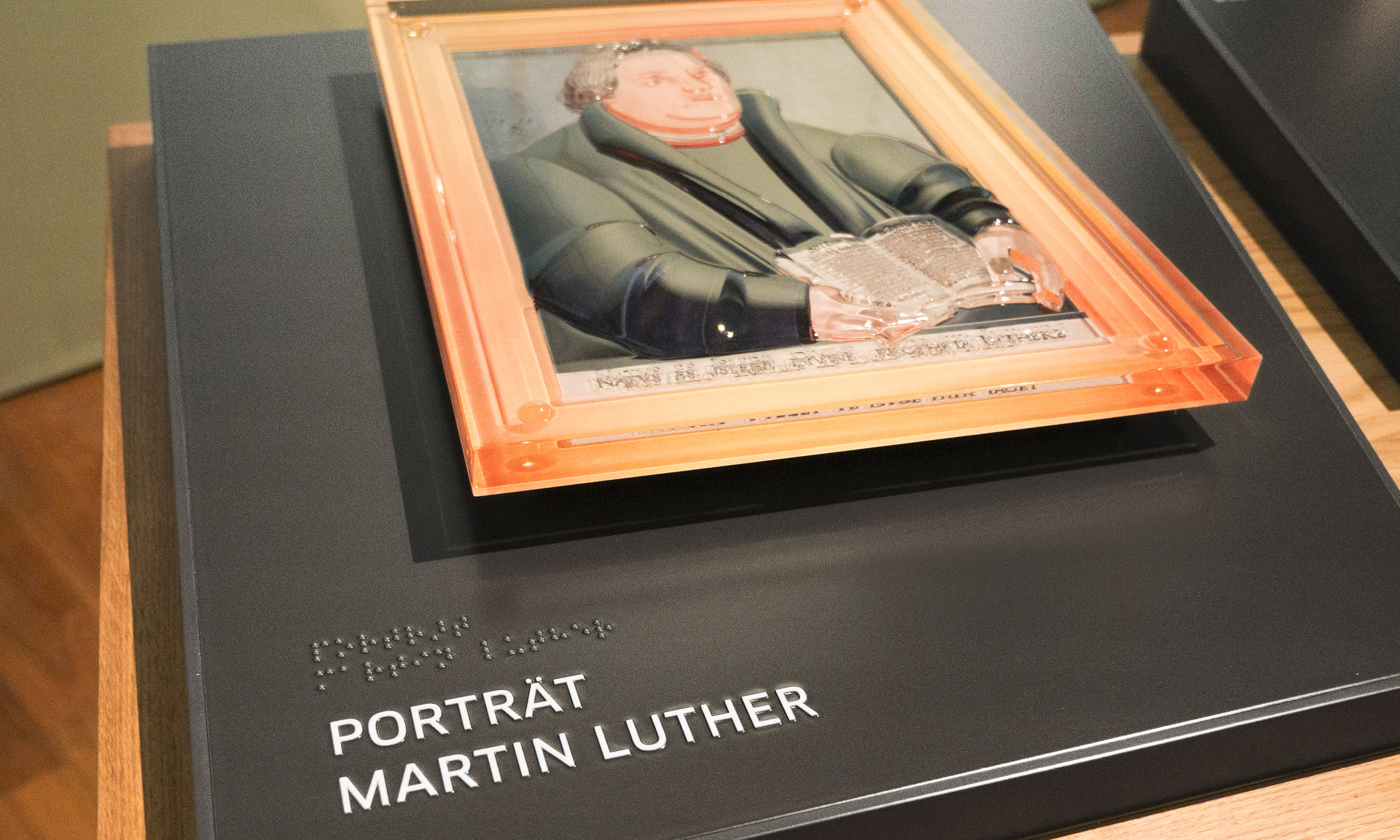
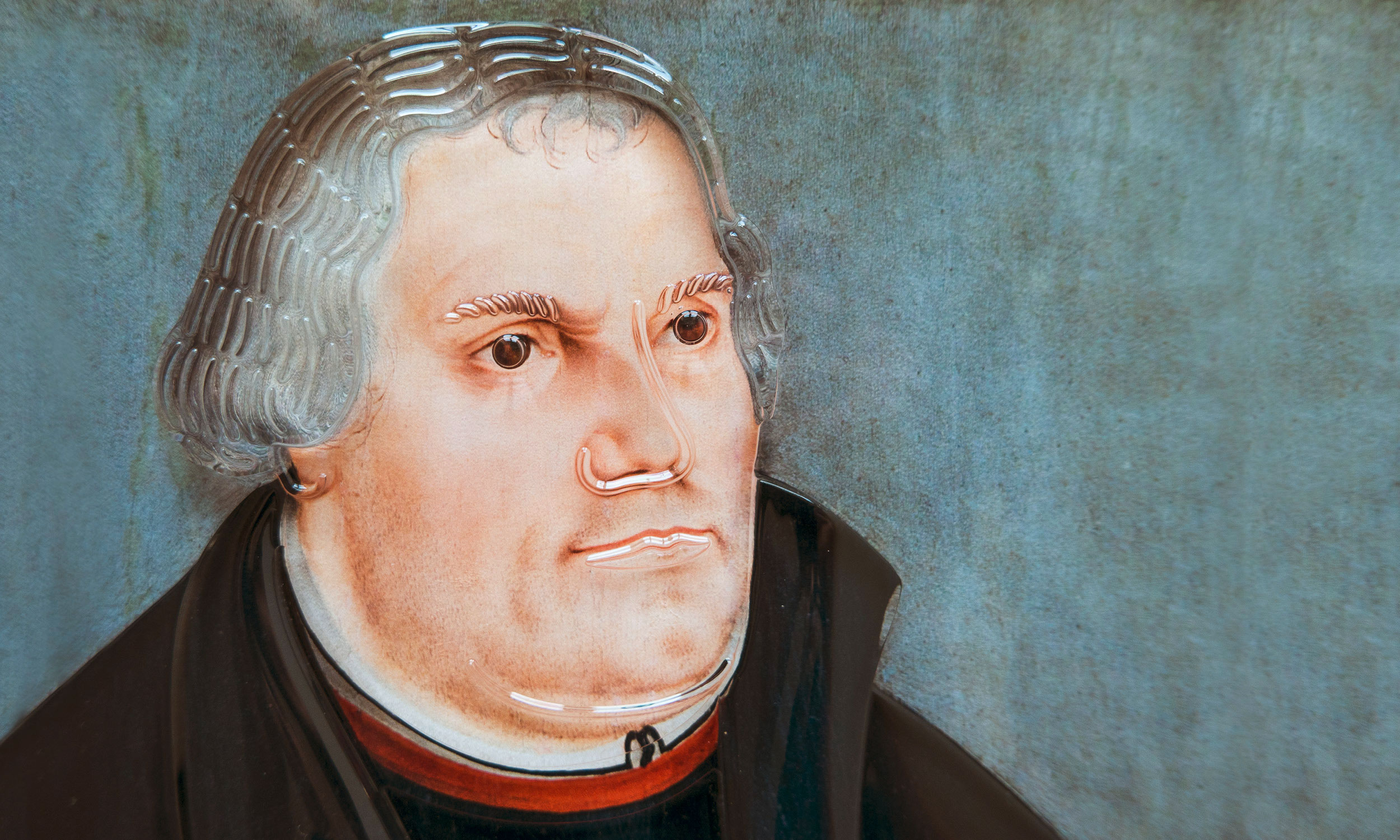

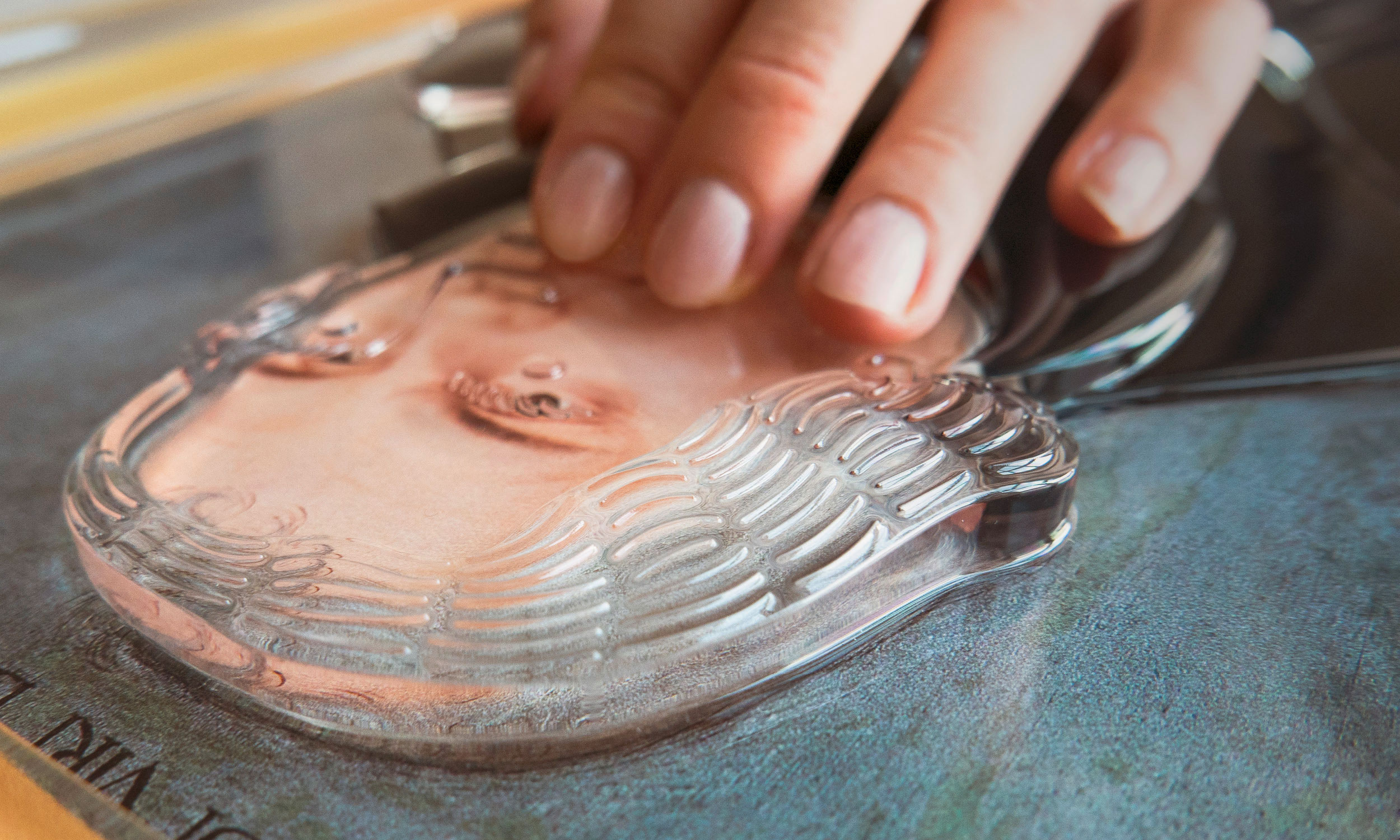
Tactile Display in Use

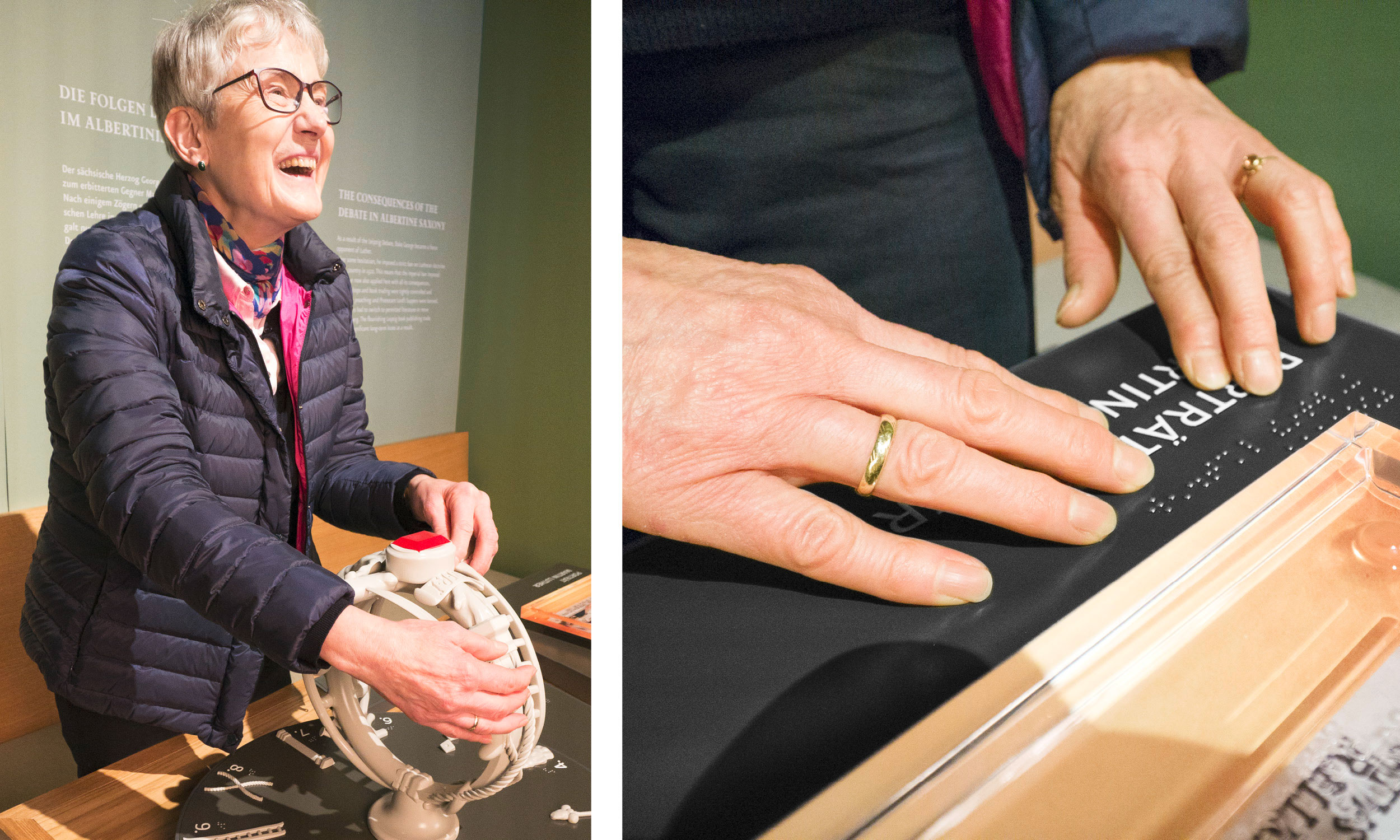
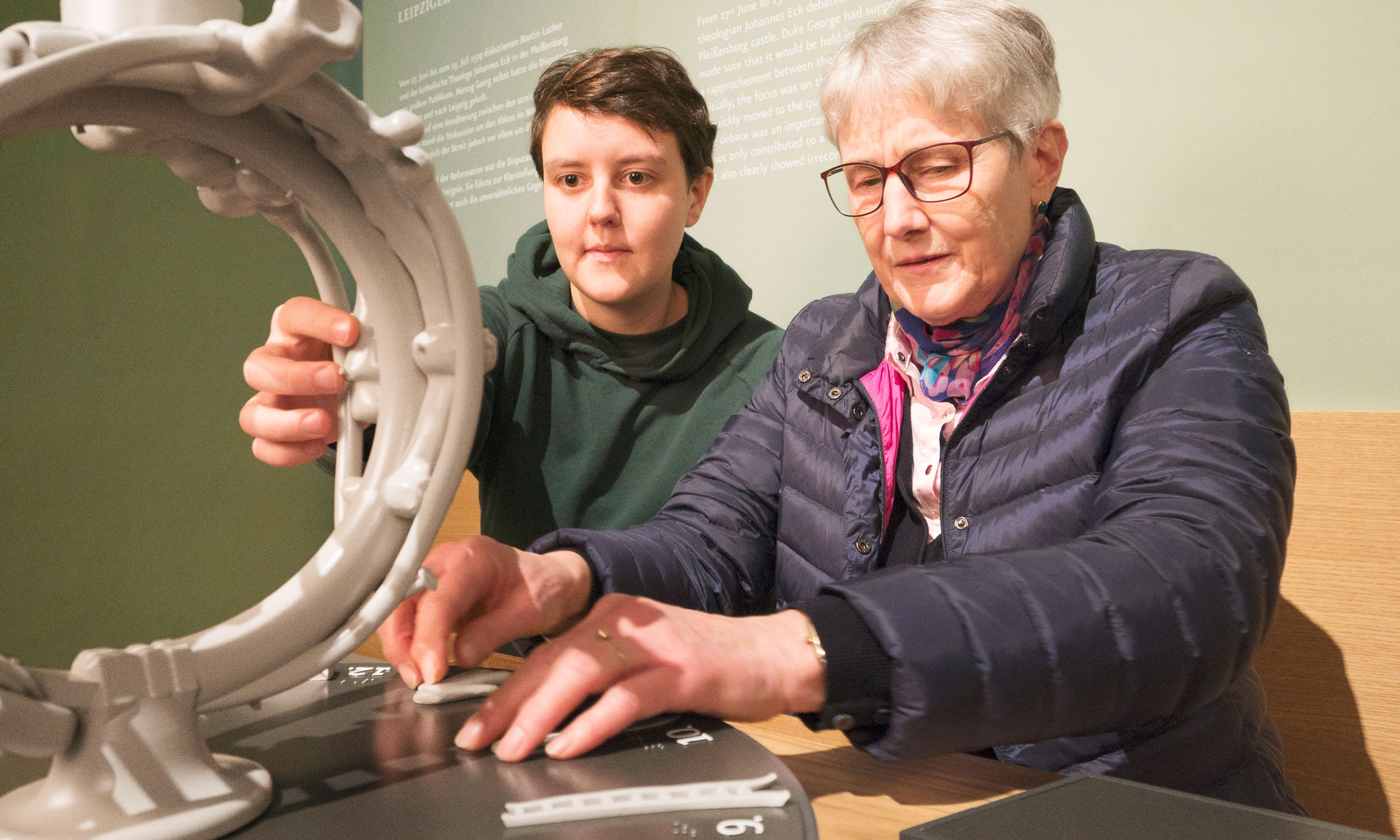
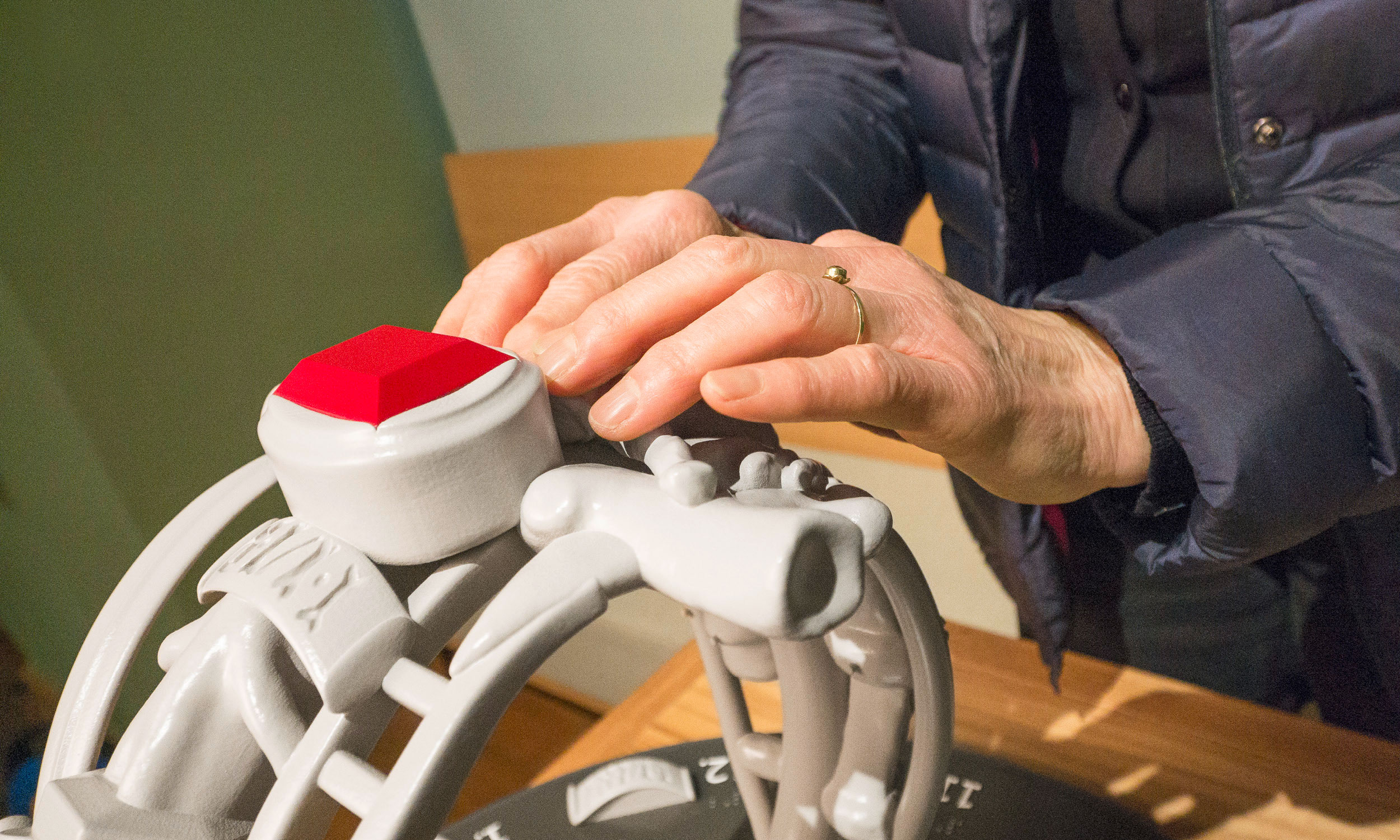
Project Details
- Clients: Museum of City History Leipzig , Old Town Hall Leipzig
- Project Period: 2018

